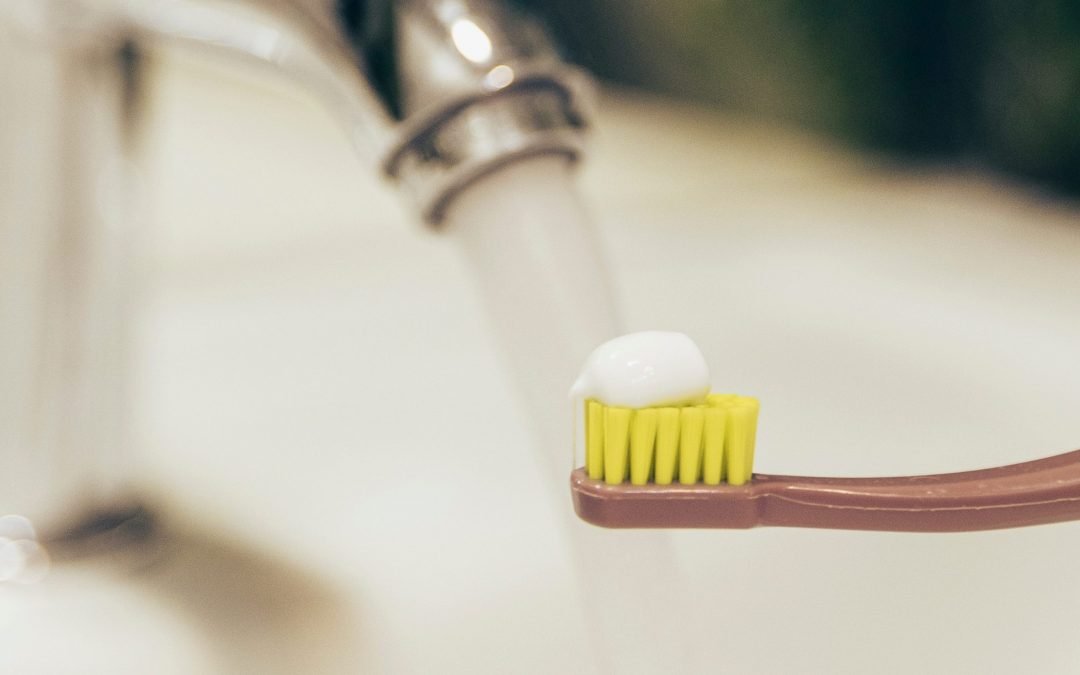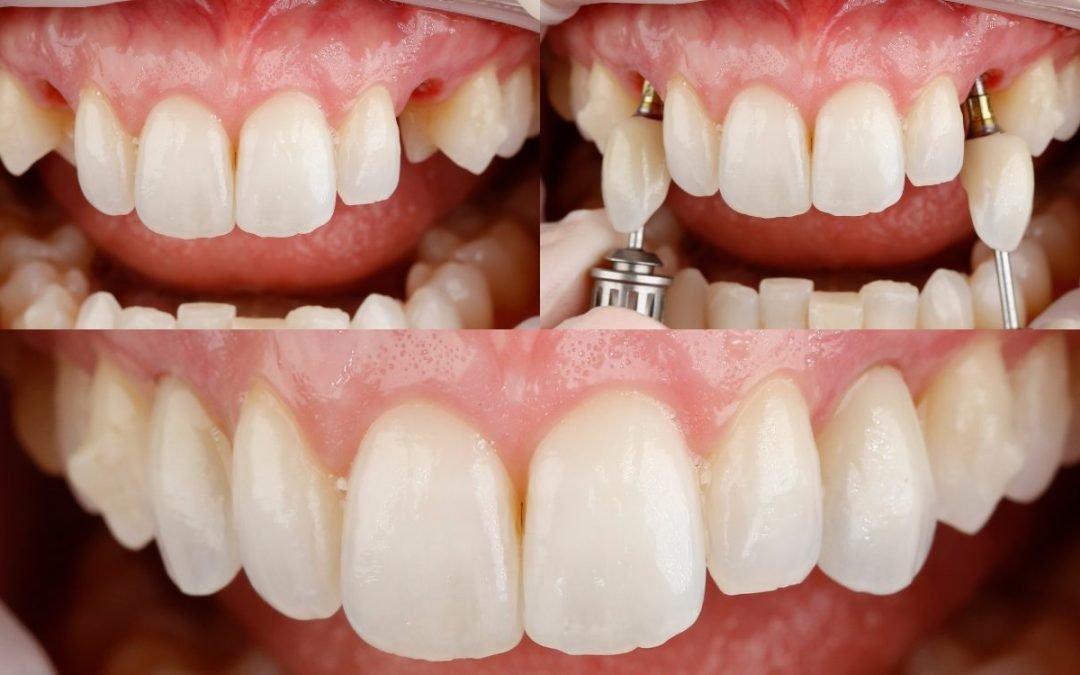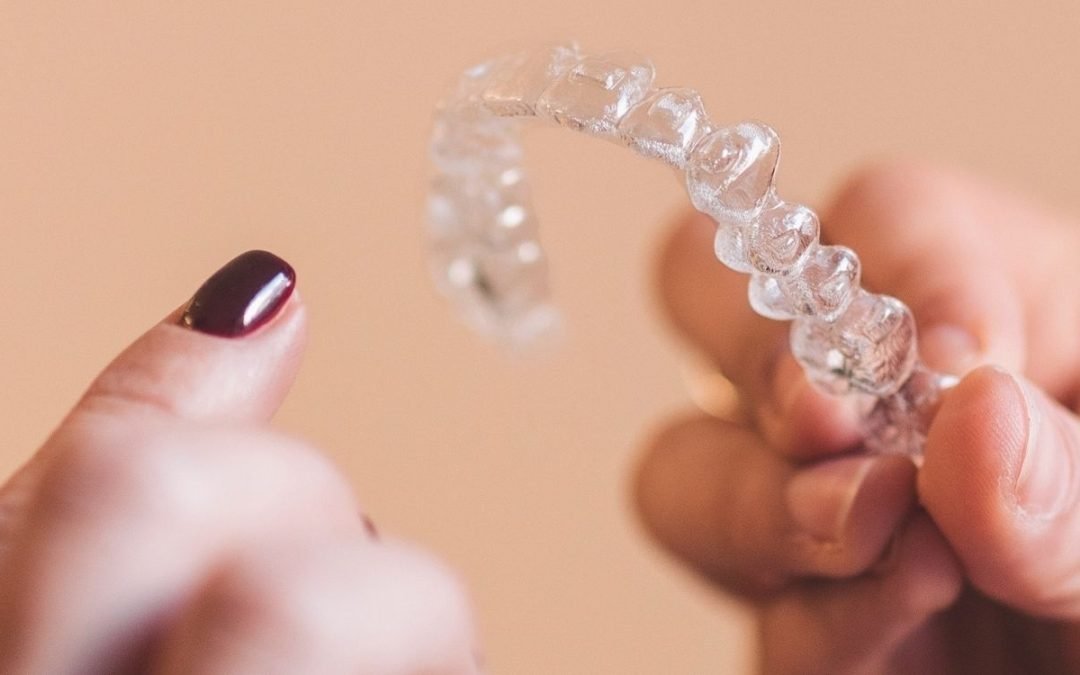It’s a very pertinent question these days, given that the use of electronic cigarettes is increasingly common among smokers.
Are e-cigarettes less harmful to our health?
Tobacco consumption is a global public health problem whose impact on consumers’ oral and general health represents just one piece of the puzzle of all the threats this addiction can cause, particularly in economic, social and environmental terms. The starting point for this article is to raise awareness that any type of smoking habit (conventional, electronic or heated) is harmful to health and is ultimately the cause of death worldwide for around 6 million people every day.
In a society where digital marketing is growing exponentially, is easily accessible and is becoming increasingly impactful, information has gained a volatility that can lead to misinterpretations of what is being transmitted. Electronic cigarettes have actually gained a lot of popularity in recent years because, in a way, they present themselves on the market as harmless to users. The brands’ dissemination strategy uses a positive message, emphasising the advantages of the product and praising the machines’ captivating design, the variety of flavours available, the absence of odour compared to conventional tobacco and the easiness to access them.
This whole conjecture raises the question of whether e-cigarettes are actually less harmful than conventional cigarettes.
Although there is published evidence in this field, the results should be interpreted with caution, since there is a great deal of heterogeneity inherent in the product itself, in terms of the variety of devices, flavours and formulations. Furthermore, the relatively short existence of this type of tobacco, which originated in 2009 in the United States, should not be underestimated. That said, the constant development and mutation of the product makes it difficult to carry out a study that takes all these confounding factors into account.
Nevertheless, this evolution from the normal cigarette to the electronic cigarette follows an interesting principle, since its initial aim was to create a tool to quit smoking. And indeed, there is some evidence of its effectiveness in this regard, since replacing conventional cigarettes with electronic ones seems to be more accepted than nicotine replacement therapy. Of course, its proven effectiveness needs further study, and it should be integrated with professional and pharmacological counselling, where appropriate.
Given their recent nature, the long-term impact of these devices on general health is unknown, so there is great concern for young people, who are exposed to nicotine and other agents at an early age. There are even studies that suggest a possible impact on the brain development of young users.
It is common knowledge that smoking tobacco has major negative impacts on oral health. Although some studies suggest that e-cigarettes are less harmful than conventional cigarettes, it is important to emphasise that the use of e-cigarettes increases the user’s susceptibility to developing changes in oral tissues compared to ex-smokers or non-smokers.
The most commonly reported oral changes are:
Alteration of the oral microbiome, due to the change in pH;
- Hyposialia (decreased normal salivary flow) and decreased crevicular fluid (fluid that fills the periodontal sulcus) which affects the remineralising (tooth-protecting) potential of saliva. We are therefore more susceptible to the development of caries lesions;
- Due to the vasoconstrictive effect of smoking and nicotine, there is a reduction in bleeding in the oral cavity, which creates a false parameter of gum health. It more easily masks periodontal disease, tobacco being one of its main causal agents;
- There is also an increase in the prevalence of hyperplastic candidiasis, the most common lesion in e-cigarette users, possibly due to the alteration of salivary pH and composition as a result of the chemical compounds present in the formulations.
To summarise, e-cigarettes are, like conventional cigarettes, a risk factor for oral health and should be avoided, especially by those who already have an existing pathology. It’s important to emphasise that the best way to protect your oral health is not to smoke.
So the best thing is prevention and not smoking!






